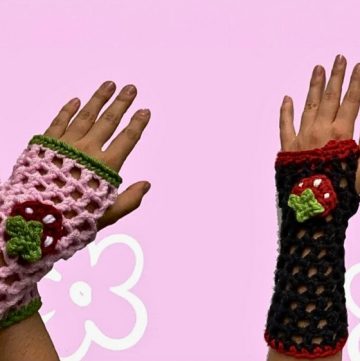Experience the timeless appeal of a Victorian-era crochet shawl pattern from 1864, blending elegance, versatility, and practical warmth for any setting.
1864 Shawl Crochet Pattern
In 1864, a warm and elegant accessory known as the "Crocheted Sontag Shawl" graced Victorian wardrobes, offering both style and practicality. This timeless design originated from Peterson’s Magazine and quickly became a favorite for its triangular shape featuring a distinctive V-notch at the top. Its unique structure ensured a snug fit over the shoulders while providing freedom of movement ideal for everyday activities or formal gatherings.
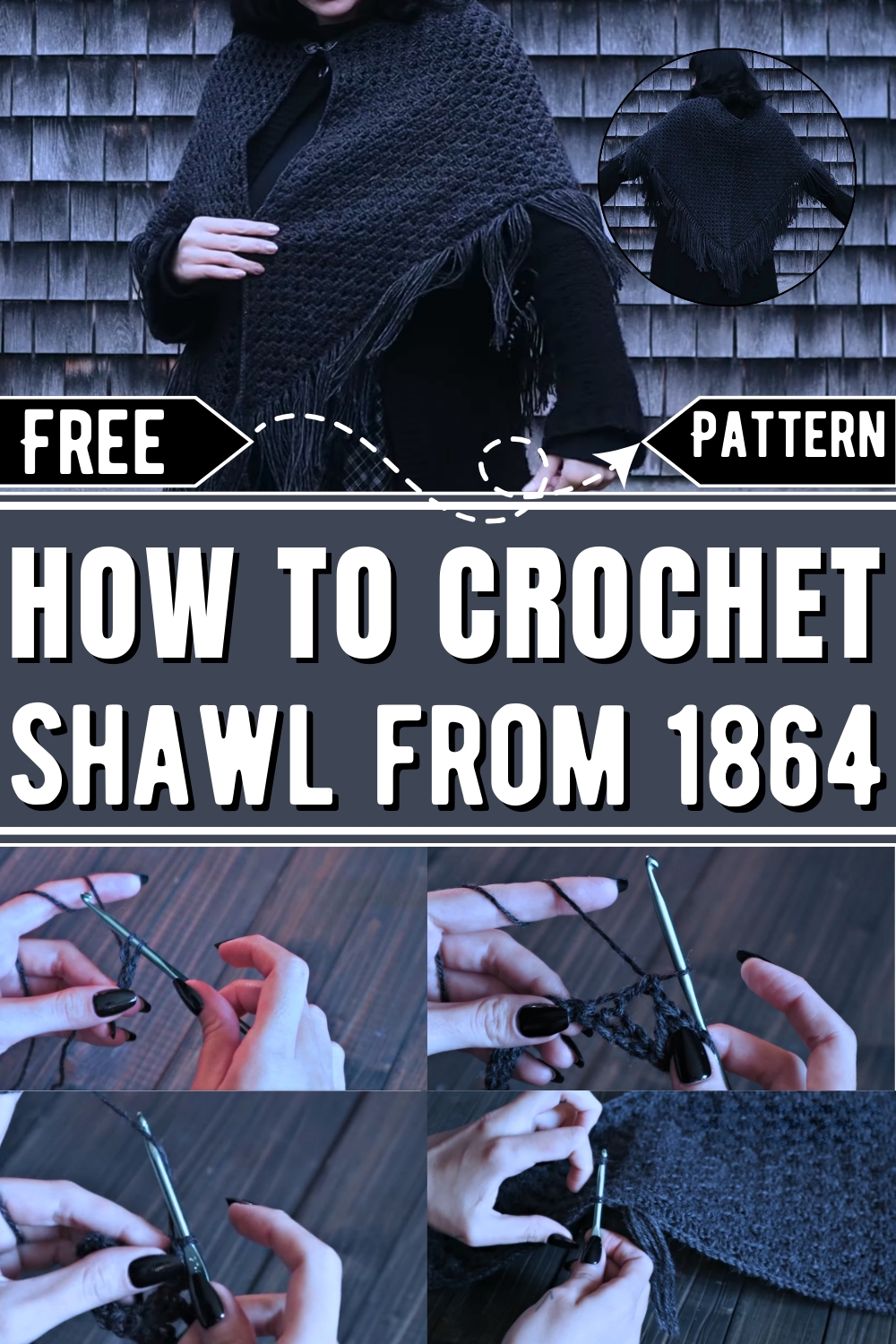
This historic shawl design has been revived with modern crochet techniques, maintaining the original charm while enhancing functionality. Its versatility is unmatched; wear it casually over a dress, use it as a wrap for chilly evenings, or accessorize with a brooch for a statement look. The shawl’s textured design adds depth, while the option to incorporate bold or muted color schemes makes it adaptable for any occasion.
Aside from its beauty, the shawl brings practical benefits. It’s lightweight, easy to fold, and provides ample warmth without feeling bulky perfect for layering. Adding fringe or decorative edges further amplifies its appeal, making it a fashionable yet functional accessory. Whether dressing up or staying cozy at home, the 1864 Sontag Shawl proves that timeless elegance and utility never go out of style.
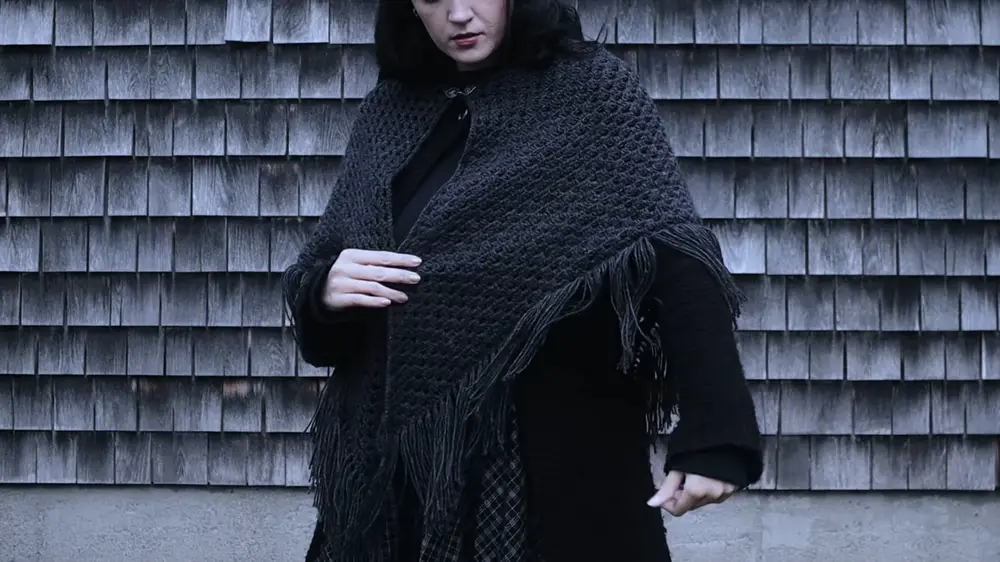
How To Crochet 1864 Shawl
In the project, explores and revives a historical crochet pattern from the 1860s called the "Crocheted Sontag Shawl." Originally published in Peterson’s Magazine in March 1864, this design features a triangular shawl with a unique V-notch at the top. The creator adapts the pattern to modern techniques while adding personal notes and refinements.
Materials Needed:
- Yarn Colors: Red, black, and white yarn in the original design. The creator opted for a solid charcoal yarn.
- Hook Size: The adapted version uses a 4.5mm crochet hook and worsted-weight yarn.
- Scissors
- Tapestry Needle
- Initial Chain Length: Based on the original pattern, the setup chain should be 165 stitches to form 28 groups of granny clusters.
Step-by-Step Instructions
1. Examining the Historical Pattern
- The original shawl was called "Crocheted Sontag Shawl" and was credited to "Mrs. Jane Weaver," though it is unclear if this name represents a real person or pseudonym.
- Traditionally, Sontag shawls consist of a back piece with straps crossing in front and secured at the back.
- The shawl design includes a triangular granny stripe pattern with a V-notch at the top for a better fit.
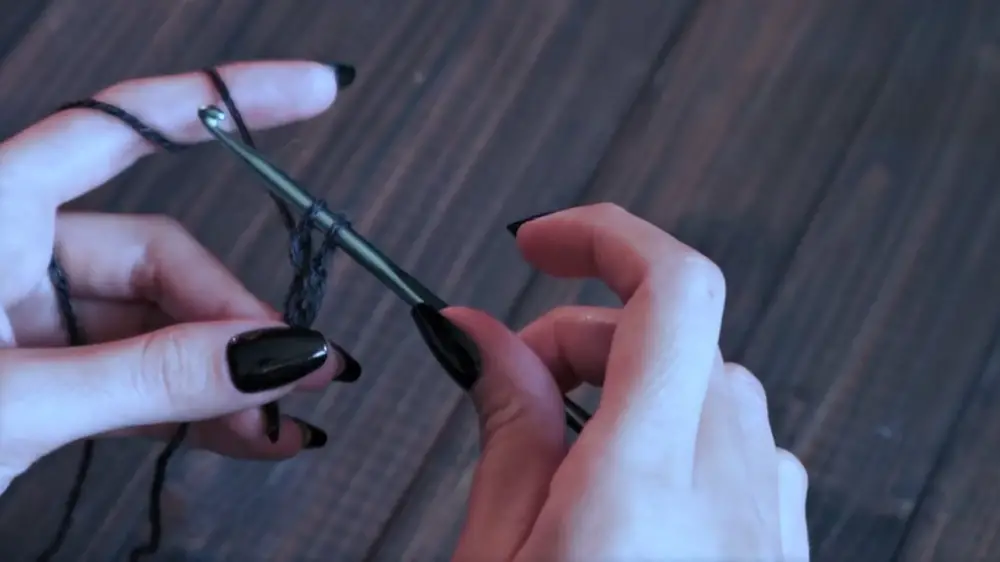
3. Working the Setup Row
- Start with three double crochets, followed by one chain.
- Skip the next three stitches and repeat the sequence across the row, forming granny stripe clusters.
- End the row with a cluster (no skipped stitches).
4. Repeating Row
- Work three double crochets between clusters of the previous row.
- When you reach the center of the shawl (15th group), increase by working two granny stripes in the same space.
- Continue repeating this row to widen the shawl's triangular shape.
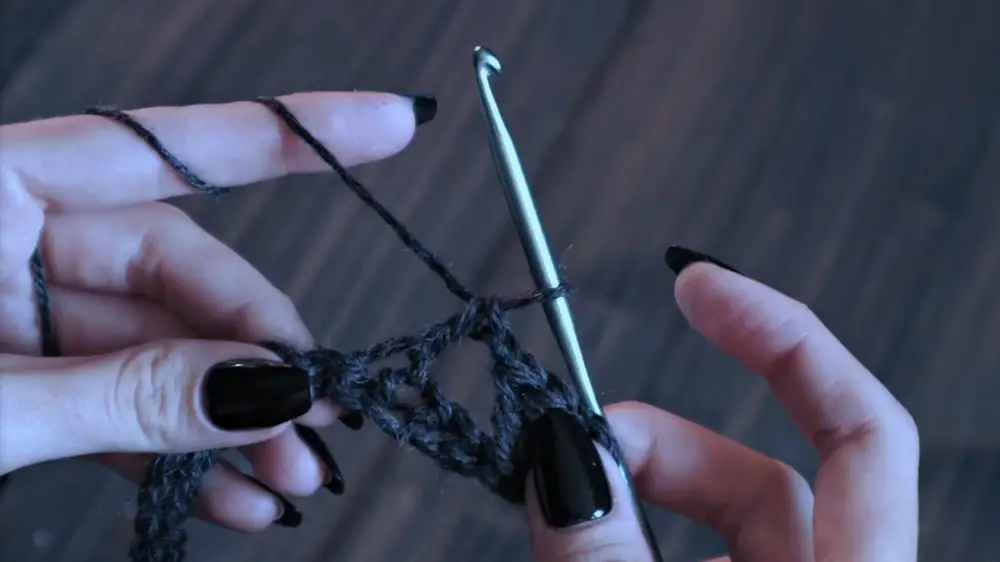
5. Color Changes
- Original Pattern:
- 12 rows in red.
- Alternate stripes of black and white until the desired look is achieved.
- Adaptation: The creator extended the shawl to 35 rows instead of 23 for added length.
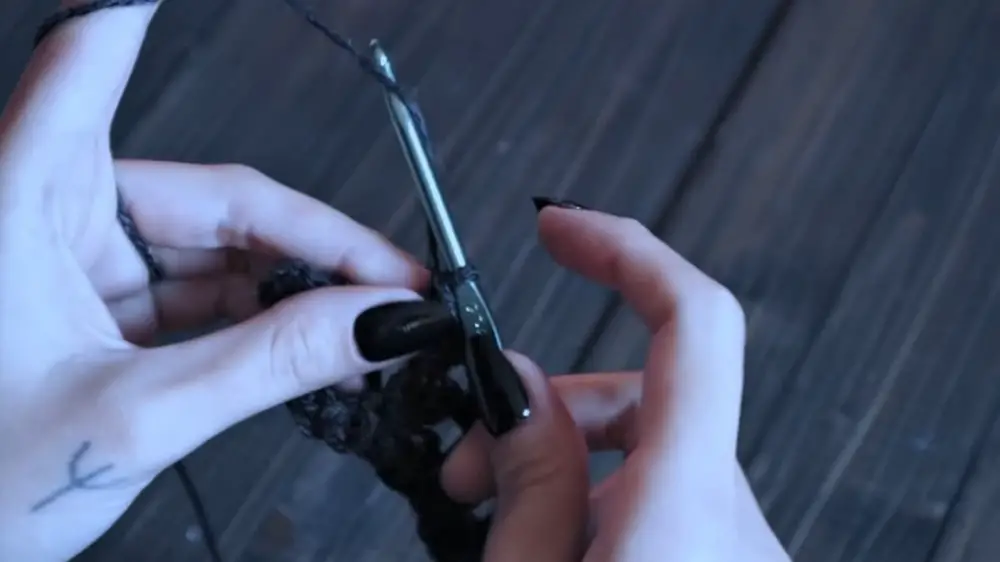
6. Adding Edge Details
- After finishing the rows, complete a round of single crochet around the edge to give it a smooth finish.
- Optionally, work a row of slip stitches along the top edge for sturdiness.
7. Creating Fringe
- Decide the desired fringe length. Multiply this length by two and add one inch (e.g., for a 6-inch fringe, cut 13-inch yarn pieces).
- Use two strands per tassel and attach them along the edges.
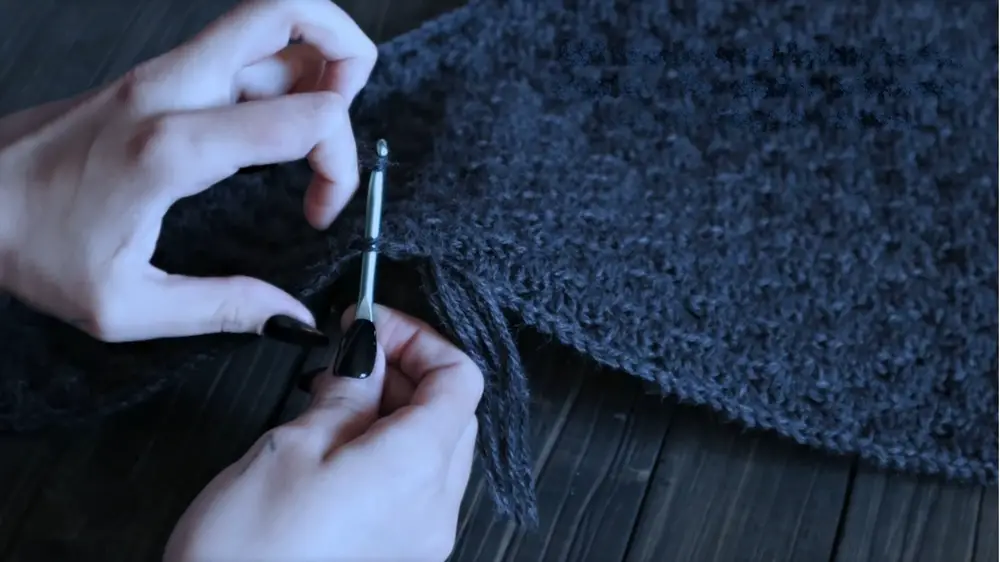
8. Closures and Fastening
- Historical Pattern: Uses a cord woven through chain spaces for closure.
- Adaptations: Use simple clasps, buttons with loops, or tie wide satin ribbons to the corners for a Victorian-inspired finish.
9. Blocking
- Since acrylic yarn was used, steam blocking helped eliminate curling edges and ensured the shawl laid flat.

Conclusion
This adaptation of the 1864 "Crocheted Sontag Shawl" bridges historical design with modern crochet practice. Featuring clean edges, increased length, and versatile fastening options, this triangular shawl is both functional and elegant. With its unique V-notch design and stylish fringe, the shawl offers a sophisticated finish to any outfit. Whether you're reviving history or exploring Victorian aesthetics, this project combines creativity and practicality, making it a delightful crochet endeavor.


